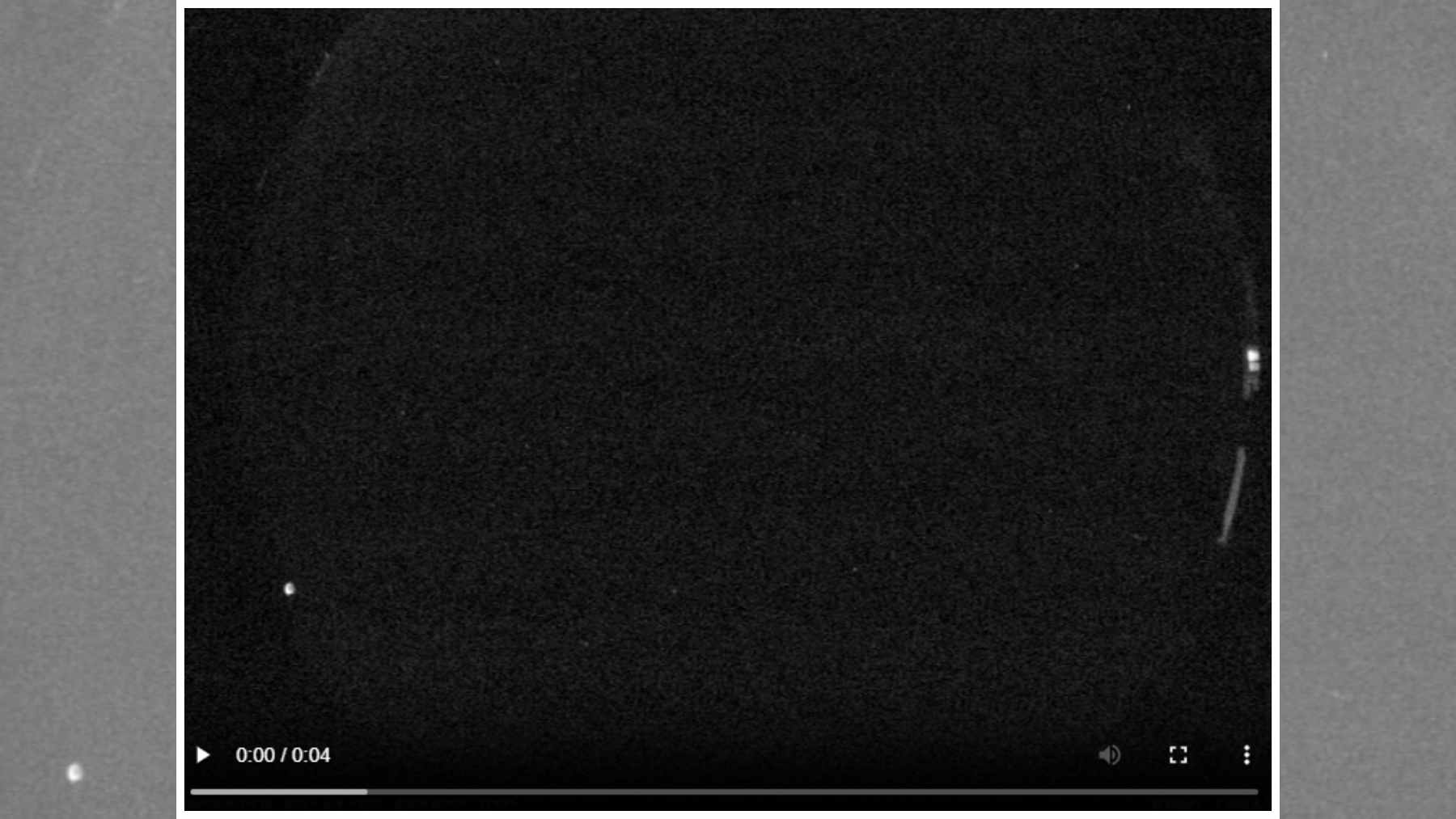For anyone who follows classical physics, we would think that time is a straight line, that is, it moves relentlessly from the past to the future. We even know this as the “arrow of time.” But in a different world, that of quantum physics, this linearity seems more and more like a convenient illusion. And why is that? Well, a discovery made by physicists at the University of Toronto has shown that photons can, under certain conditions, act as if they were leaving a material before they even enter it. This apparent “violation” of temporal logic not only defies our intuition but suggests that time can move backward at the quantum level.
We need to start with atomic excitation
It all started with a study led by Daniela Angulo, in collaboration with Aephraim Steinberg, Josiah Sinclair, and Howard Wiseman. The group wanted to better understand how light interacts with matter, and, most importantly, what “time” really means when we enter the world of subatomic particles. The experiment focused on a phenomenon called atomic excitation. And what does that mean? In general, when a photon passes through a material, it can be absorbed by an atom, which then becomes excited — that is, its electrons jump to higher energy levels. Then, the atom returns to its original state and releases the photon, which generates a small delay in the light’s trajectory.
What caught the most attention was the following: the photons passed straight through the material, without being absorbed, and yet, the atoms remained excited. And what’s more: in cases where the photons were absorbed, they seemed to be re-emitted almost instantly, even before the atom had completed the process. This raises a very curious (and real) idea: in quantum mechanics, it is as if the photon left before entering.
And here comes the explanation for this temporal paradox. It all lies in the probabilistic nature of the quantum world. How so? Well, the time that a photon spends “inside” an atom is not fixed but distributed over a range of possibilities, including negative values. In other words, this means that the photon may appear to leave before the atomic excitation even happens, which generates a negative residence time.
What do you mean by negative time?
It was precisely this observation that led researchers to propose an idea that, at first glance, seems completely absurd: so-called negative time. According to Sinclair himself, if it were possible to use a quantum clock to measure the time an atom spends in an excited state, in certain cases this clock would run backward (as reported in this other case).
This discovery changes the classical way of understanding time, especially in optical systems. The so-called group delay, previously directly linked to the absorption and emission of photons, may not work exactly as we thought. Instead of measuring the objective transit time, it seems to reflect a statistical average of possible quantum interactions.
We need to review our concepts of time
We know that this whole story seems like a philosophical puzzle disguised as physics… but what this experiment shows us is not that time has run out, but rather that, on microscopic scales, causality can behave in unexpected ways. In other words, this duality of photon paths can exist in superposition. This shows that both possibilities are “active” at the same time until the measurement collapses the system.
This goes beyond just a theoretical curiosity; these discoveries could have future implications for technologies that rely on ultrafine control of light, such as quantum computing and optical communications. Above all, they reinforce a recurring lesson of modern physics: the universe is much stranger than we suppose… no wonder it seems we’ve been wrong since 1905, experts have just detected the real dimensions of time.















